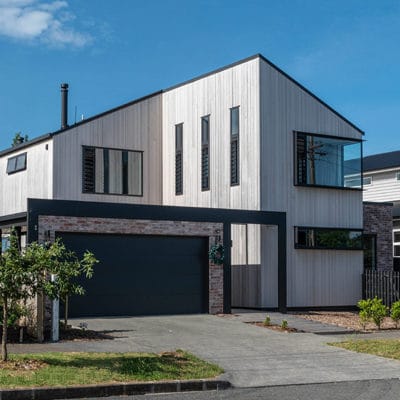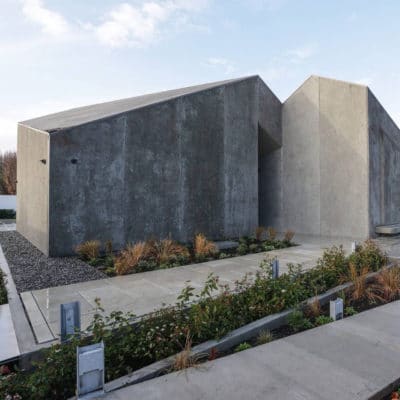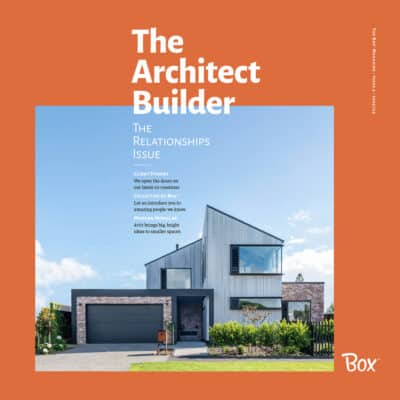In this essay on the movie Brown vs Brown, Box™ founder Dan Heyworth takes an unpopular populist stance
Modernism sure has pulling power. A Remuera home designed by architect Peter Mark-Brown in 1960 sold this month for $3.5 million with six bidders fighting it out for what they no doubt saw as a slice of New Zealand’s architectural history.
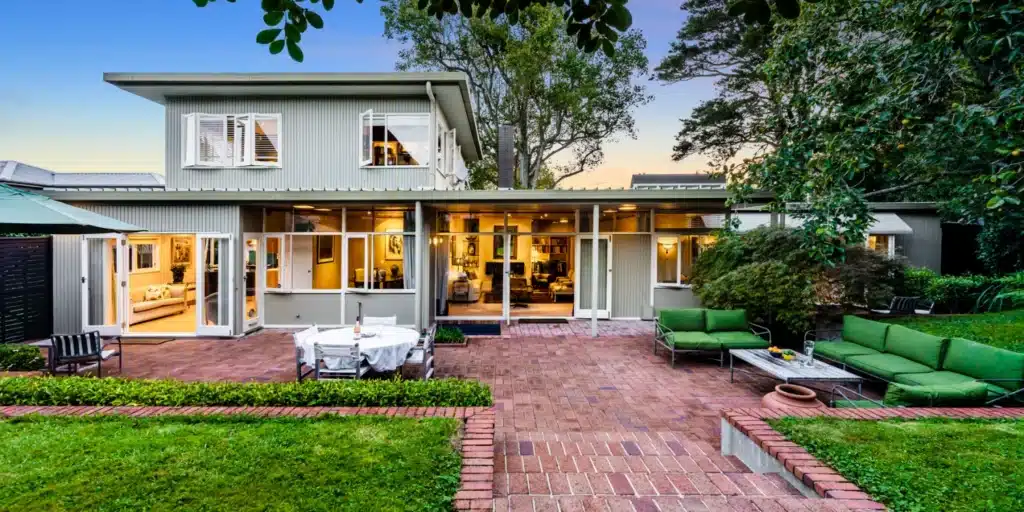
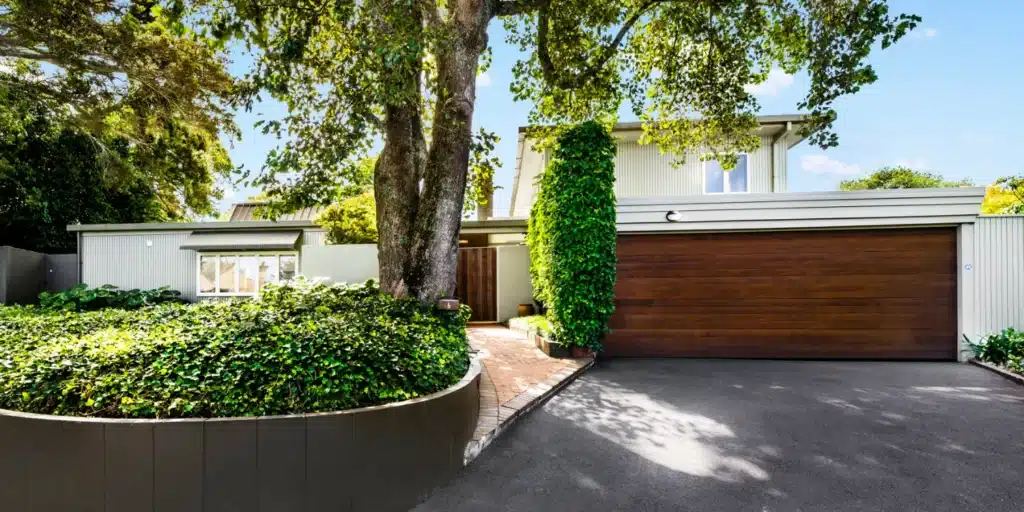
The film Brown versus Brown currently showing at the Resene Architecture & Design Film Festival was made by Mark-Brown’s son Simon and proposes a rivalry between ‘the regionalists’ (mentees of Vernon Brown, known as the Group Architects, who went in search of a New Zealand vernacular) and ‘the internationalists’, whose aim was to design houses using new technologies that embraced a grander, more global aesthetic. It was also a fan fest of local mid-century design.
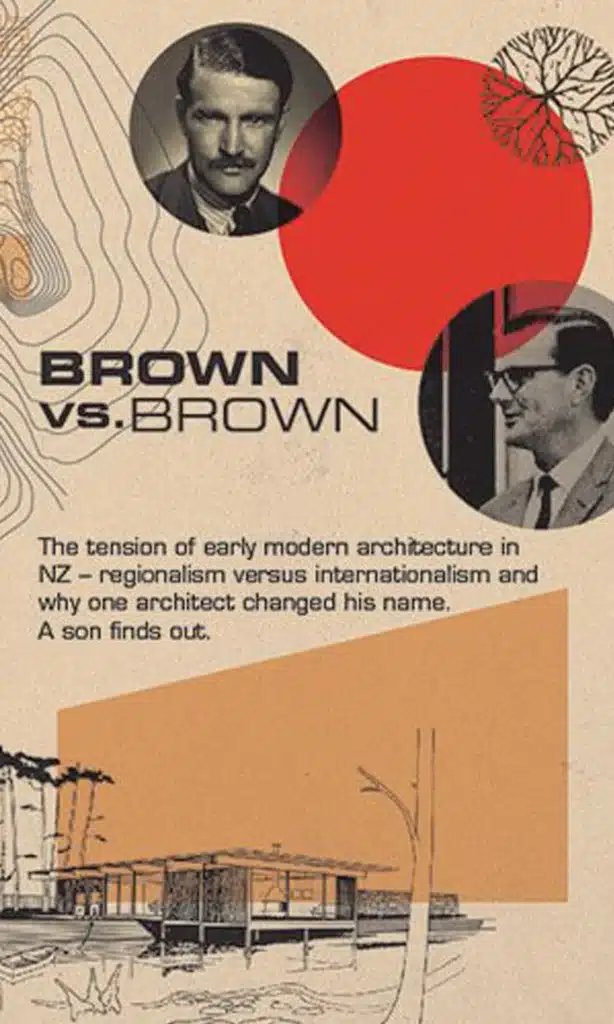
My own experience of living in a house designed by the Mark-Brown Fairhead Sang (MBFS) practice, is that owning such a property is a shortcut to penury. I’ll admit the purchase was a heart-before-head decision. We were captured by the architectural fantasy; even the original plans with a beautiful front cover-page drawn by Ron Sang had a certain romance about them. It’s not a decision that can (or should) be rationalised. We love our home: in the summer it’s a paradise, but the other six months of the year, before we replaced all the joinery, added insulation and a heating system all at great expense, were a nightmare. Still, it’s a bit colder in winter than we’d like and requires constant expensive maintenance rather like owning a classic car.
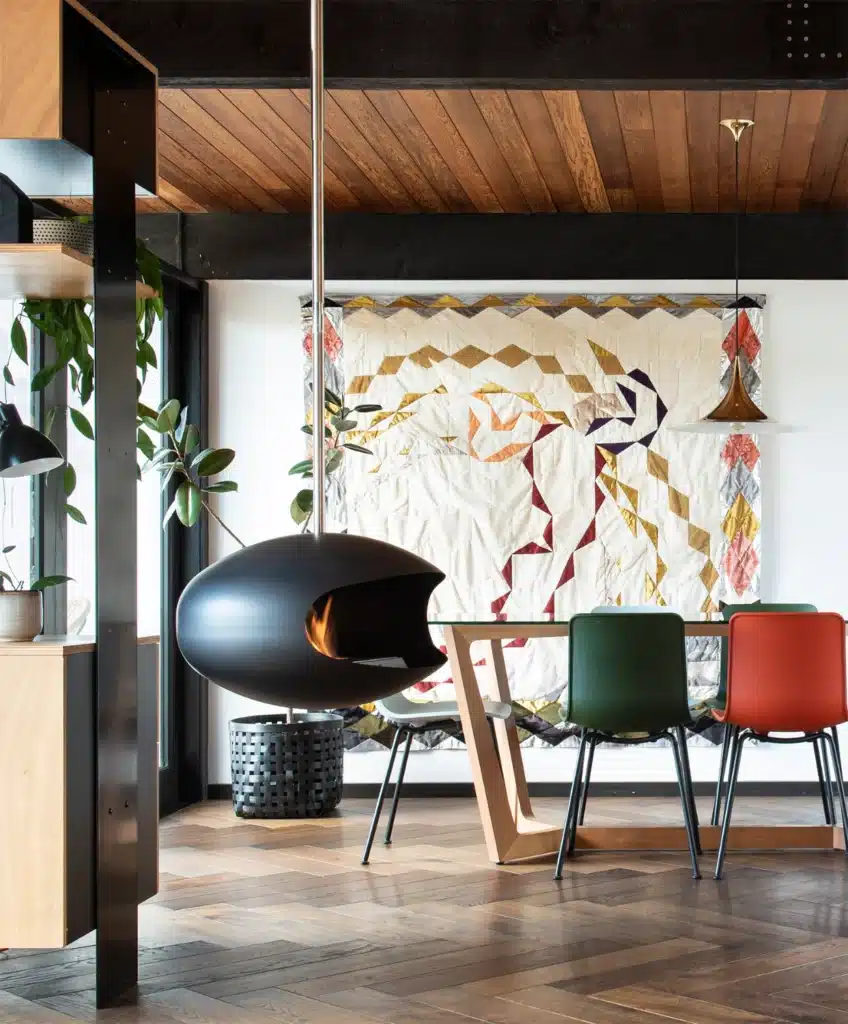
When modernists, both here and abroad, began to try out ‘new’ concepts and styles, they disregarded thousands of years of built tradition (which worked) and opted for largely untested materials and ideas (which often didn’t). Such experimental creativity is an elite sport. Certainly, we need the entrepreneurs and innovators but, when it comes to housing, we also need buildings that don’t adversely affect the owners’ financial and psychological health. The problem is that some architects see themselves as artists: tortured individuals who need to express themselves. That’s fine – but is this world view helpful to the greater population and the built environment?
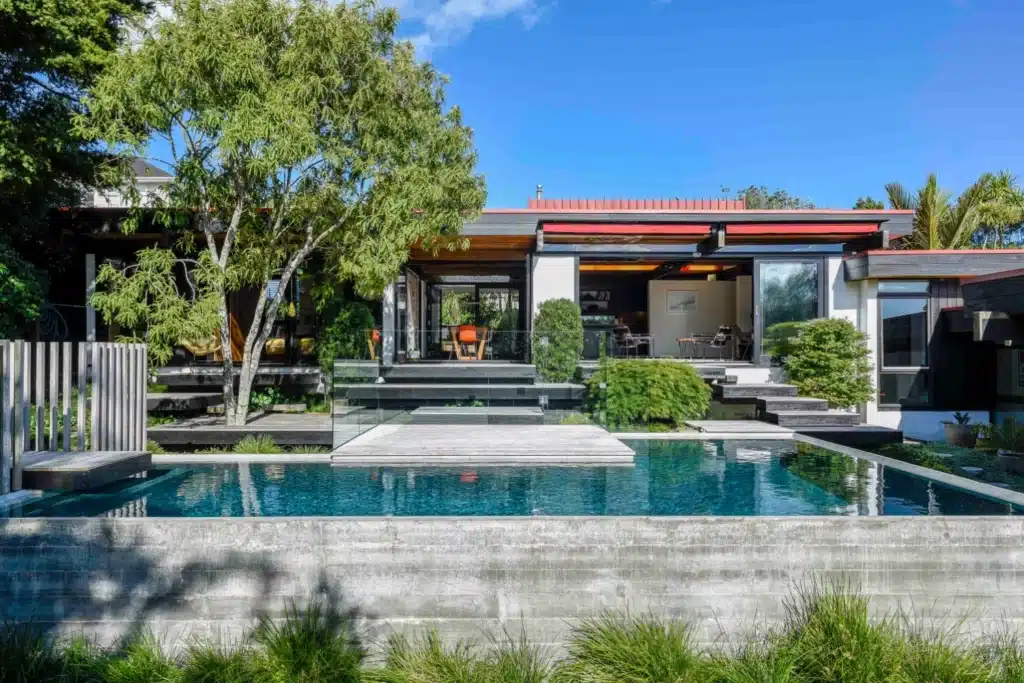
New thinking is often termed a ‘movement’ and in the Group Architect’s manifesto they declared “…overseas solutions will not do. New Zealand must have its own architecture, its own sense of what is beautiful and appropriate to our climate and conditions.” Fair enough. But why do architects insist on reinventing the wheel when, since the first century BC, no one has improved on the three Vitruvian principles of ‘good’ design: firmitas, utilitas and venustas (strength, utility and beauty). Some of the modernist dwellings tick the box on one or two, but they are ultimately difficult houses to live in. The large glass walls that epitomise the modernist architecture, shown in Brown vs Brown, may seem intriguing and beautiful but, guaranteed will drip with condensation and make the house difficult to heat. The Brake House, probably New Zealand’s most celebrated example of residential architecture, is a testament to this. It has been on-sold several times, no doubt once the owners discover the ongoing cost of its upkeep and how it fails to embrace the comfort and amenity essential to regular family life, not to mention the roof which often doubles as a pond. Venustas is there in abundance, but perhaps not so the utilitas, unless you are a duck. This is all well and good if you are prepared to pay to indulge the architect-artist’s vision – but it is no way for the larger populace to live. The select group who can afford to buy these houses as well as the architects advocate that we should love and treasure them too. IMO, while some should be retained as interesting pieces of history (and essentially become museum pieces), most should simply be let go.

Fashion is cool but it is transient – as are most movements. What Brown vs Brown depicted was a history of housing that centred around bespoke houses (architects love a blank canvas) but totally missed the social context. It did not speak of density and solutions such as co-housing; it was focussed on the individual, with no regard for the issues of density so prevalent in historic urban design, which the design-and-build industry must now again grapple with. A gasp went up in the audience when, during the film, there was footage of a James Hackshaw-designed house being demolished (replete with asbestos roof). The truth is that house was on an enormous plot of land in St Heliers. It was of its time and a victim of today’s economic values pushing up against yesterday’s idealism.
To my mind, the regionalists and the internationalists have a lot in common. They are both working with patterns of design – and both missing the point. Instead of participating in a movement, a fabulous architectural experiment, and then crying about it years later when the houses get knocked down, it’s time to put a modern-day spin on the solutions that Vitruvius came up with all those centuries ago. Beautiful, balanced, enduring housing that is for 99% of the people. Leave the mid-century mania to the minority, and those like myself that once in a while blissfully let the heart rule the mind.




